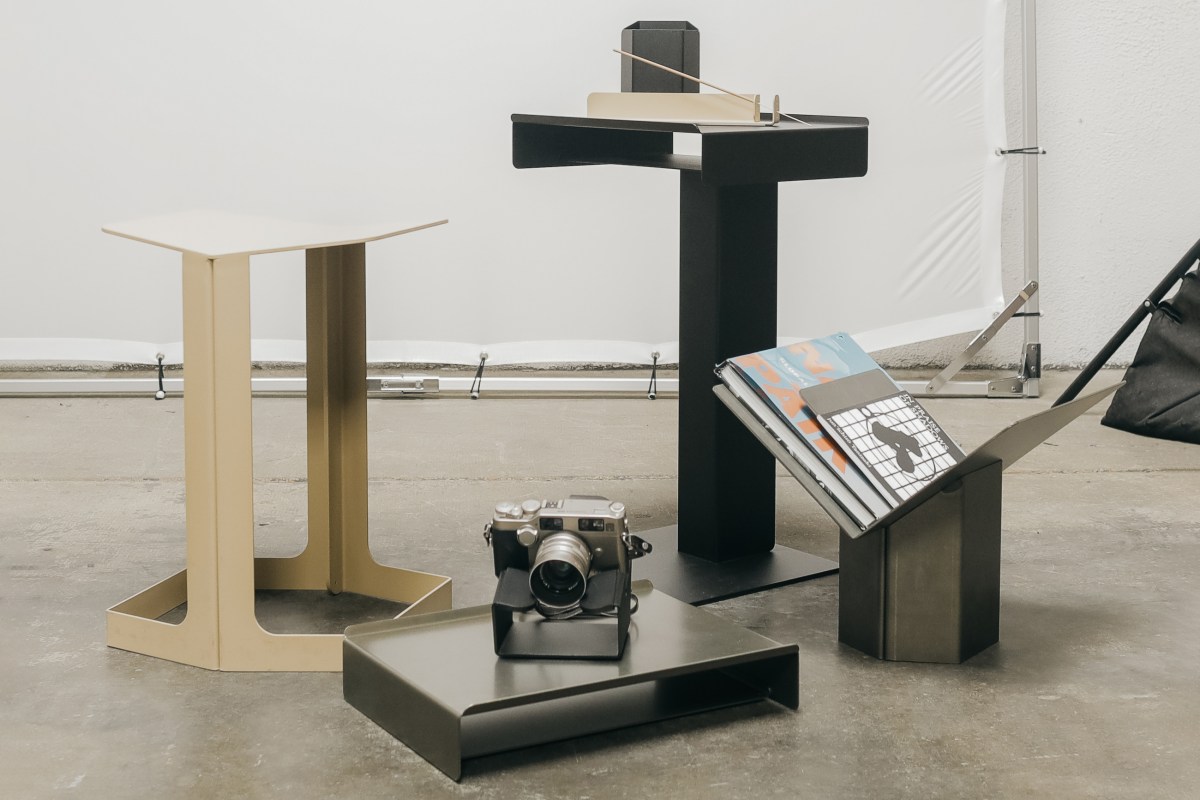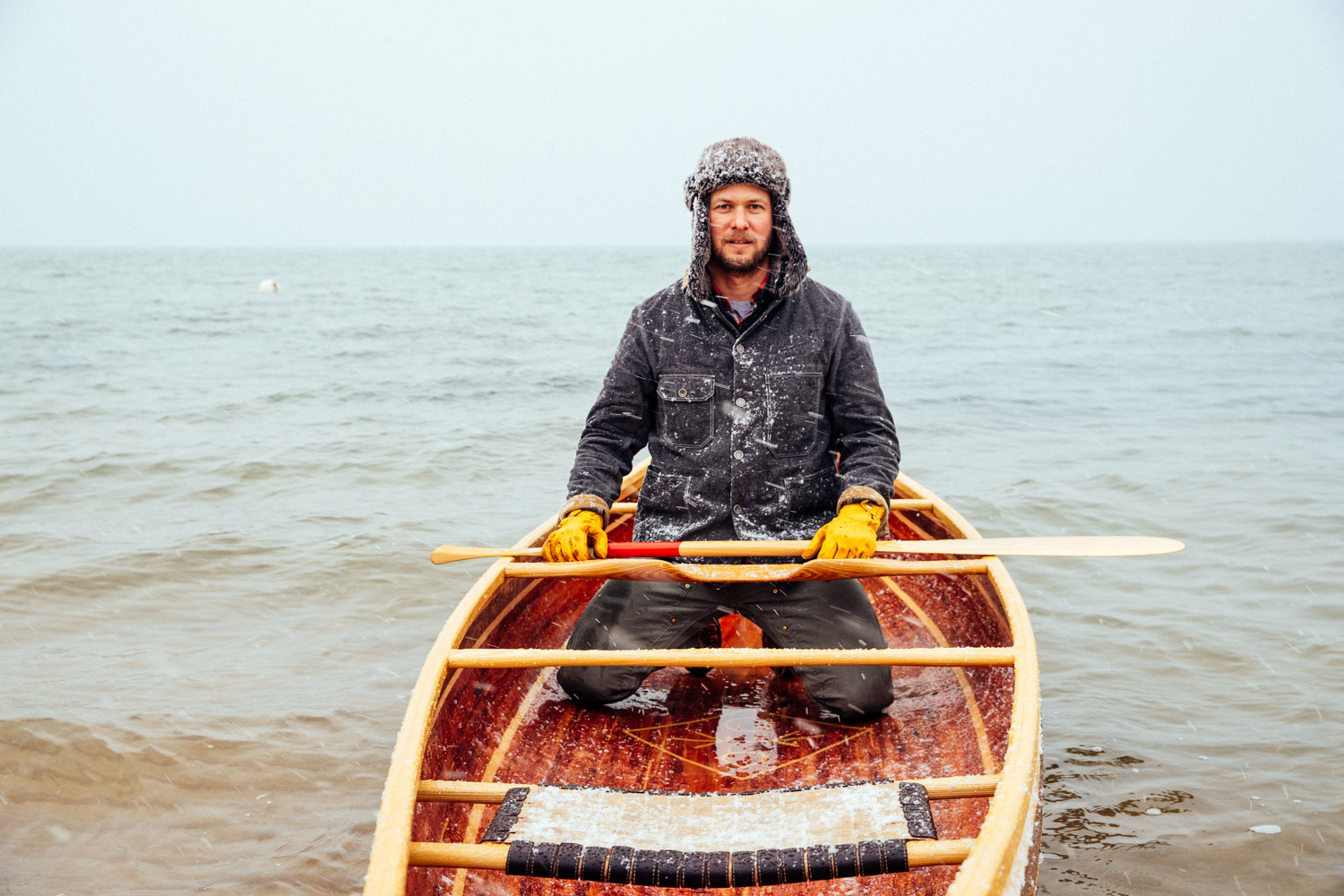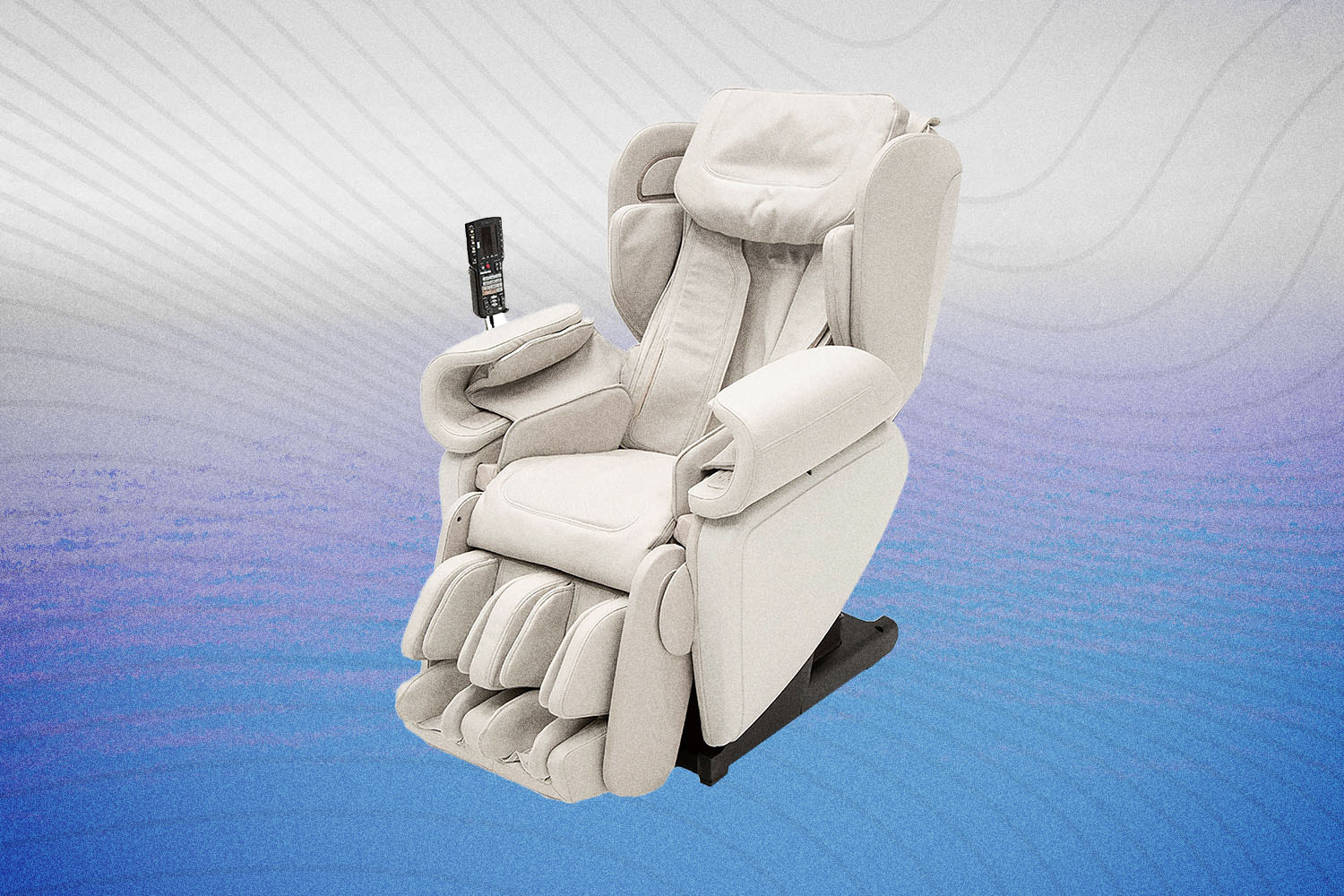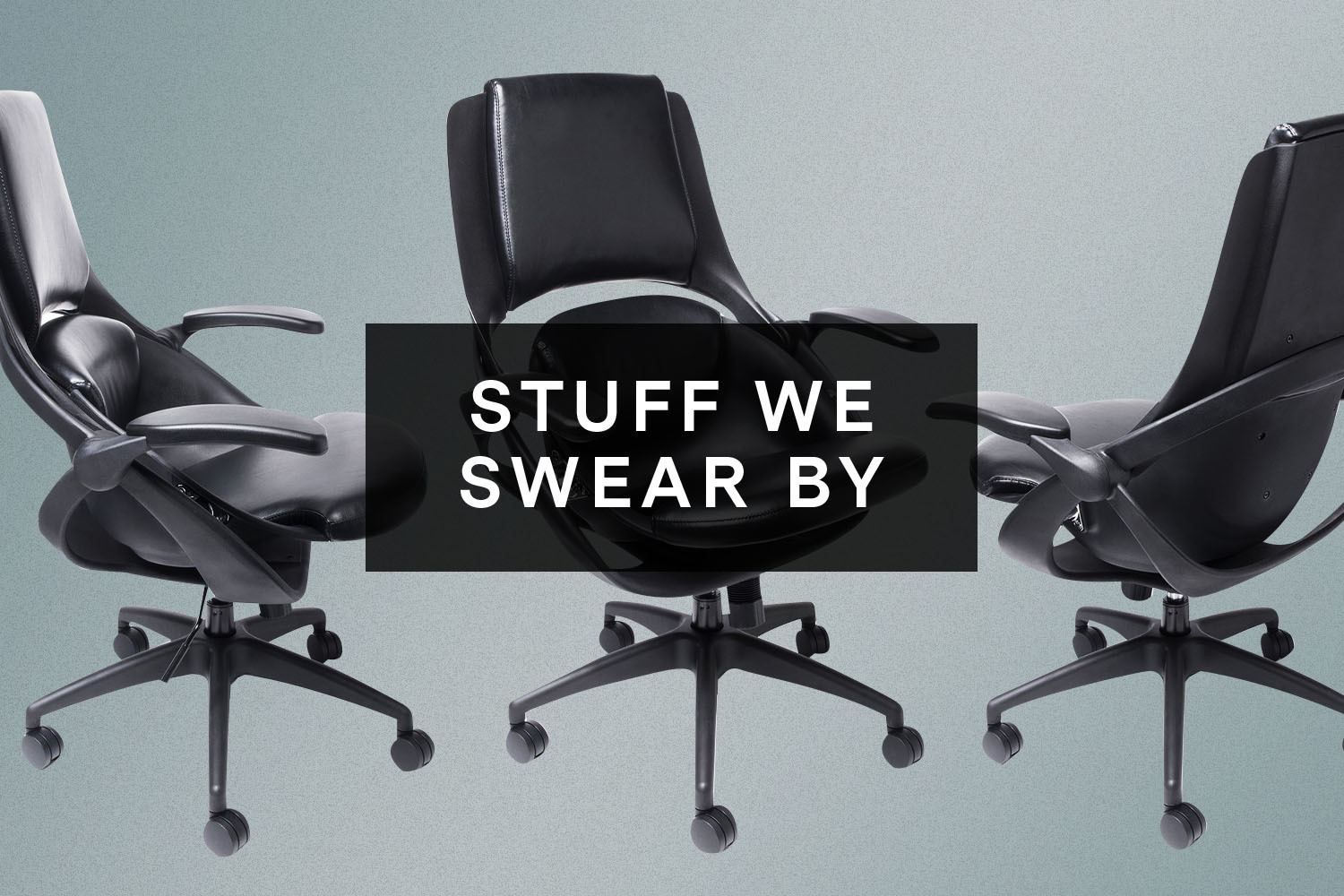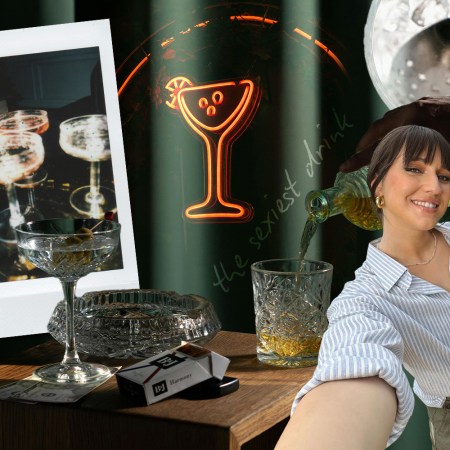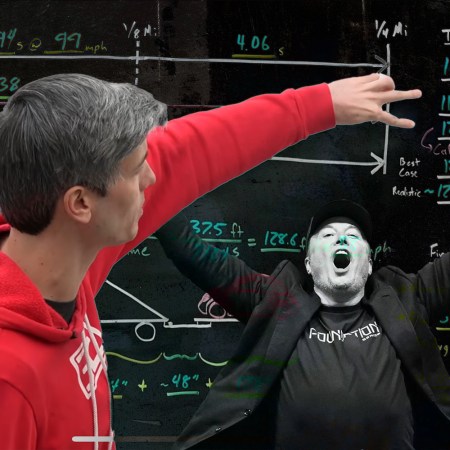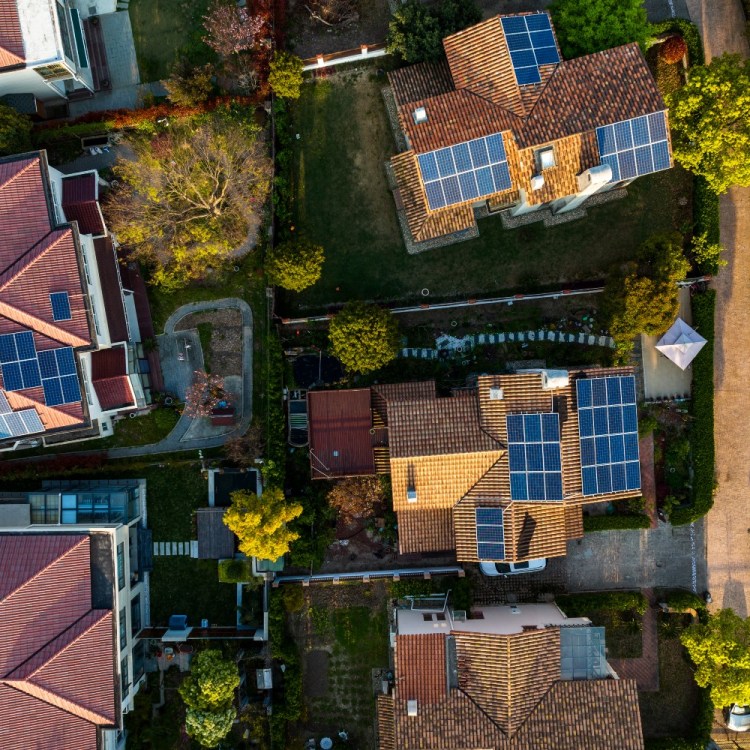If Bruce Wayne needed an incense holder, he would undoubtedly get his from BASE Object, the homewares brand created by Oakland industrial designer Mark Kelley and Richard Liu, founder of DSPTCH. Each piece is made from folded sheet metal — a super-industrial process (their fabricator’s speciality is cabinetry for the garage) applied to Kelley’s sculptural, high-art designs.
Kelley and Liu just released BASE’s latest collection, which expands on the desk cups and valet trays of their earlier work into furniture — the side table has already sold out, but truth be told, we like the side stool even more, and at least for the moment, it’s still available. (Bonus: It’s all made in the U.S.A.)
Here, we talk to Kelley and Liu from their respective workshop and office about how they’ve managed to create such forward-looking work at a reasonable price point, how Kelley mocks up his prototypes with hot glue and poster board, and how they think the Bay Area will evolve as a city of designers and artists.
InsideHook: How did you meet?
Richard Liu: Mark and I met when I hired him to design DSPTCH stores. I had hired other interior designers, but I couldn’t get anywhere. We just got each other — his first proposal is basically what the stores look right now. I handle the business side, but [BASE] is really Mark’s design — if anything, I’m watering it down a little bit. Mark’s undiluted designs are even more dramatic.
InsideHook: Mark, what’s your process like?
Mark Kelley: Sheet metal is sort of our starting point — with sheet metal, you can do short runs, you can customize it; it gives us a lot more flexibility. You can fold sheet metal like you would origami, or 2-D paper and get a lot of geometrically informed, interesting designs. In our initial collection, one of the core elements was the pen cup. To make that, we created a 2-D pattern that’s laser-cut from sheet metal — and that laser-cut piece of metal works just like a piece of paper, and we can fold it in the ways that we want. It’s a very sort of brute production process; you can get some really beautiful forms, and it’s not commonly used for home goods. Our vendor makes cabinets for garages and things like that — it was very out of left field for them, like, “What are these dudes down in California doing, making these delicate, precious home goods?” But it’s a really nice intersection between heavy industrial and high, elevated design.
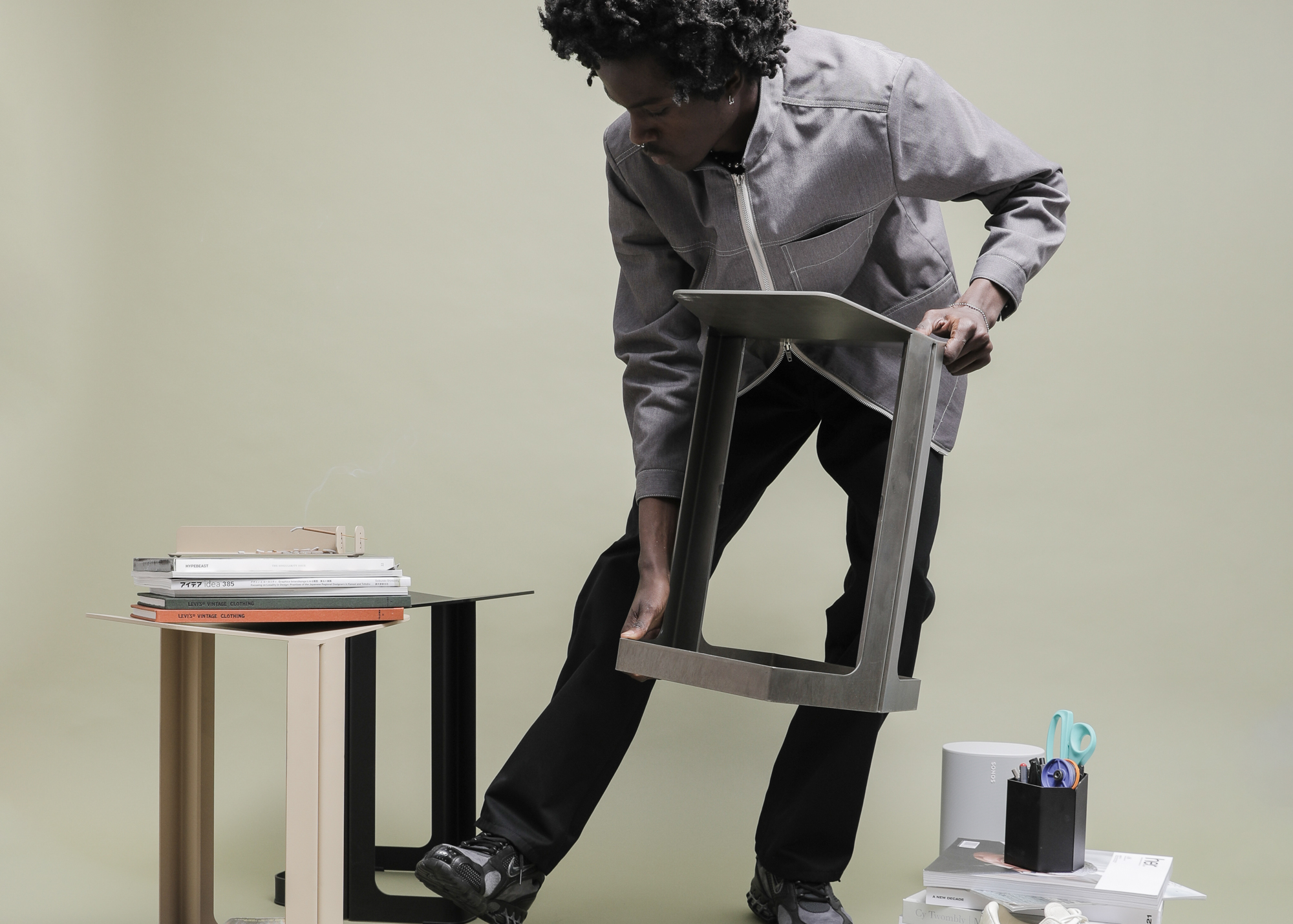
Can you give me a sense of that process in action?
MK: Take our incense holder. If you look at all incense holders right now, there’s an archetype with a bent piece, and the incense is sort of shot out of it, but that didn’t work with our design or production process.
It took quite a few iterations of developing this folded sheet metal pattern. I would sit at my desk with pieces of construction paper — I’d cut this, fold this, then say, “Oh, that’s not right.” Then I’d cut off a piece and re-tape something back on. And Richard say, “That’s great, but this doesn’t really sit within our larger design language — we need something that feels cohesive.” If you look at our valet tray, our pen cup and our incense holder, there’s a singular vernacular or design language that you can parse out in each piece — they do look like a larger family. We’ve tried to carry that into the larger pieces that we just released a few weeks ago — [including] the side stool, the side table and the magazine rack.
How much back and forth is there in terms of the actual designs?
MK: Richard is a very important partner in the design process for me. I can’t design alone, so I’ll build something here in my workshop in Oakland, and then I’ll meet with Rich, and we’ll review it in person: test proportions, [consider] what we’re trying to achieve with this particular design and understand how it’s going to be manufactured. We’ll do all that in cardboard or poster board or paper, whatever we have on hand.
So old school!
MK: Yeah! My background is using CAD and rendering tools, but here, we do try to solve some of these problems with very cheap materials: hot glue and a little bit of masking tape to kind of get the bulk and form and proportion [figured out] in a really quick and inexpensive way. It’s unglamorous in a sense, but it’s a really great design process because paper does translate so well into this metal.
What’s been the advantage of manufacturing in the U.S.?
We’d worked with vendors in different areas for some of our previous collections, and it felt like the lead times were very long when you’re dealing with something coming from Asia. It was very difficult to do quality control. We stepped back a bit to understand how we wanted to move the company forward. This gives us much more control and tunability. Now Rich and I can develop a design, we can quickly make it here at my shop, and then I can shoot it out to our manufacturing partners, who are also on the West Coast. A couple of weeks later, we’ve got samples back.
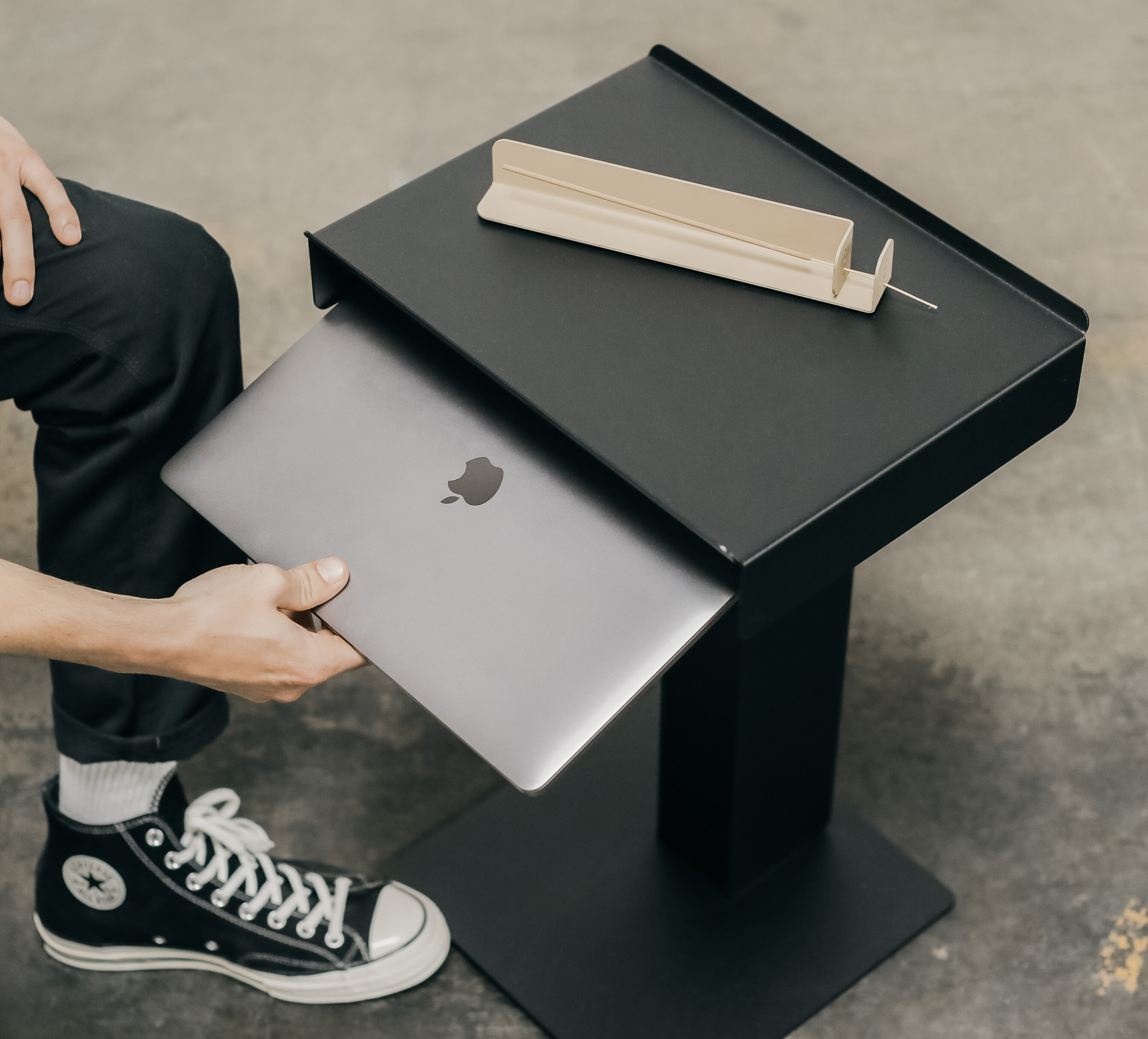
What do you think about the West Coast, or specifically San Francisco, as a home for ambitious designers?
RL: I personally think this is still a very special place in terms of, you know, the collective design experience. There’s a collective, heightened expectation of what design is here.
Do you mean that we have good taste?
RL: I mean, it’s mixed. Every story about San Francisco’s either about the crime or the techies, and it’s not totally wrong. My personal opinion is that I do think the creative community in San Francisco, in the Bay Area, has weakened a bit, with most young creatives here trying to get into UX and UI and things like that. They’re trying to tap into the mothership — into one of these tech giants so they can pay their rent. And I think the thinking is that once they establish themselves, they look outwards, and they look at art, furniture and things that really drive the culture. I think the culture here is going through a metamorphosis.
Where do you think we’ll be at the end of it?
RL: I know that the creative community I loved when I first started coming here in high school is gone. I would go to Haight Street when I was a kid and just be blown away just by the posters and the music stores and the streetwear scene. And now you go there, there’s nothing resembling that. But I do think there will be a resurgence in San Francisco, and the creative community here.
MK: I moved to California in 2000, when I was a 17-year-old kid, because I was really into punk music. There were never punk shows in San Francisco — they were all in Berkeley or Oakland. Now I never go to San Francisco — here in Oakland, things still feel very DIY. I’m in a creative space where people are working together and helping each other out and sharing and collaborating. I always think that if you dig enough, it’s there.
This article was featured in the InsideHook SF newsletter. Sign up now for more from the Bay Area.
